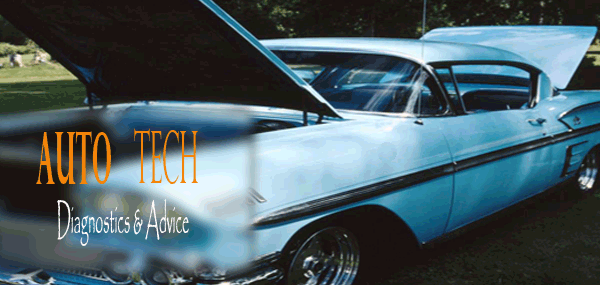
Brake Hoses and Lines
The basic purpose of brake hoses and lines is to connect the master cylinder to each of the wheel’s hydraulic braking components, such as the wheel cylinder or caliper, so that brake fluid can be dispersed to each wheel. There are several lines and hoses on a particular vehicle ranging from six or even more if the vehicle happens to be equipped with an antilock brake system.
The difference between hoses and lines has to do with the material that they are made out of and the strength and durability of that material.

Brake hoses flex and are made out of a rubbery material, while brake lines are made out of steel and remain in a fixed position and are not capable of flexing or bending. Brake hoses tend to fail more often than brake lines do, because rubber will crack due to the age factor, causing the hoses to be more prone to leakage. However, brake lines are more susceptible to rust, especially if the vehicle is from the Midwest or Northeast or wherever salt is used on the roadways. If the brake lines do rust, then the lines can also be stiffer and more difficult to remove, creating a potential for the lines to bind with the line fittings and then to twist, bend, and even break.
Although, if there is a brake fluid leak in the brake system or the lines have been cracked open during a repair, then air can accumulate in the lines or hoses preventing the proper amount of fluid from reaching the brake components.
For a more in depth explanation and to determine if the brake hoses or lines are in need of replacement, then click here to view our brake inspection page. Following are some step-by-step instructions for removal and installation of both brake hoses and brake lines.



Share